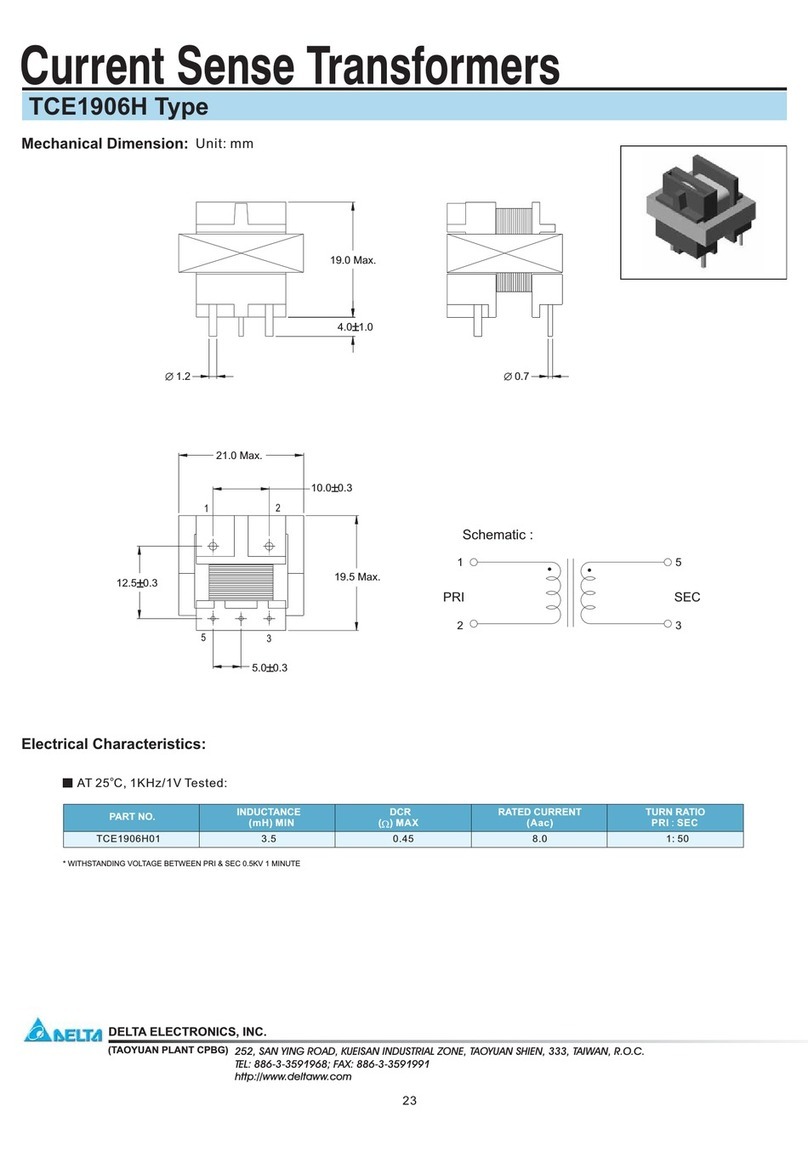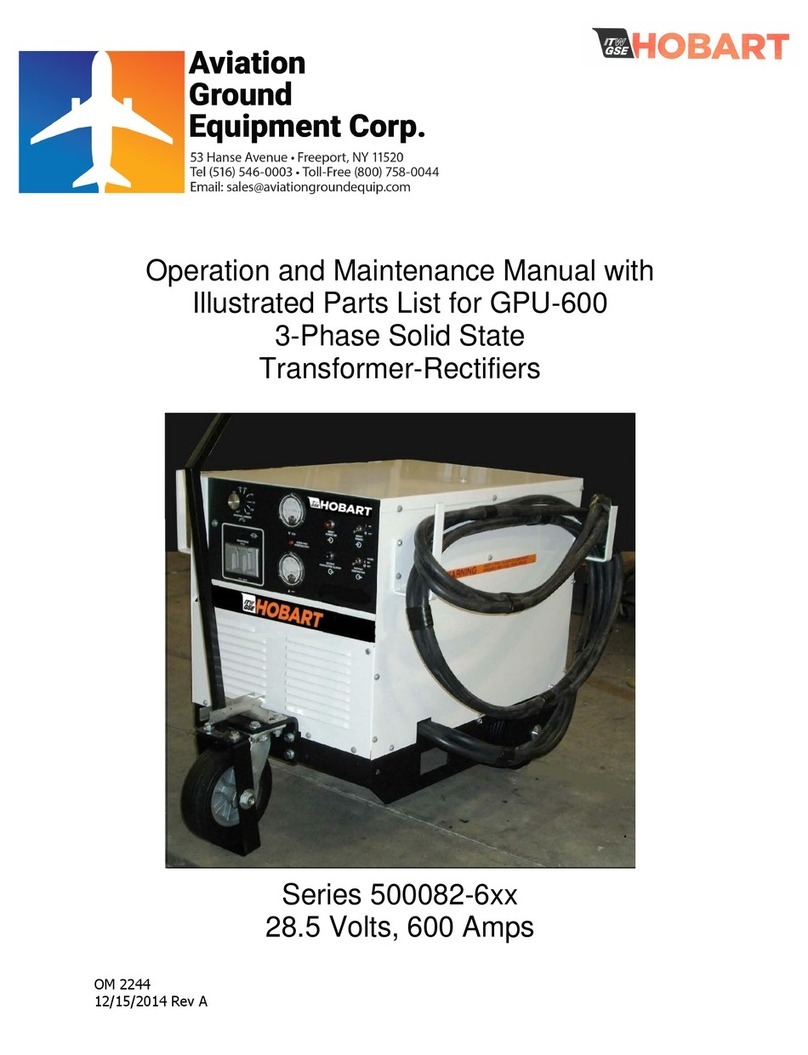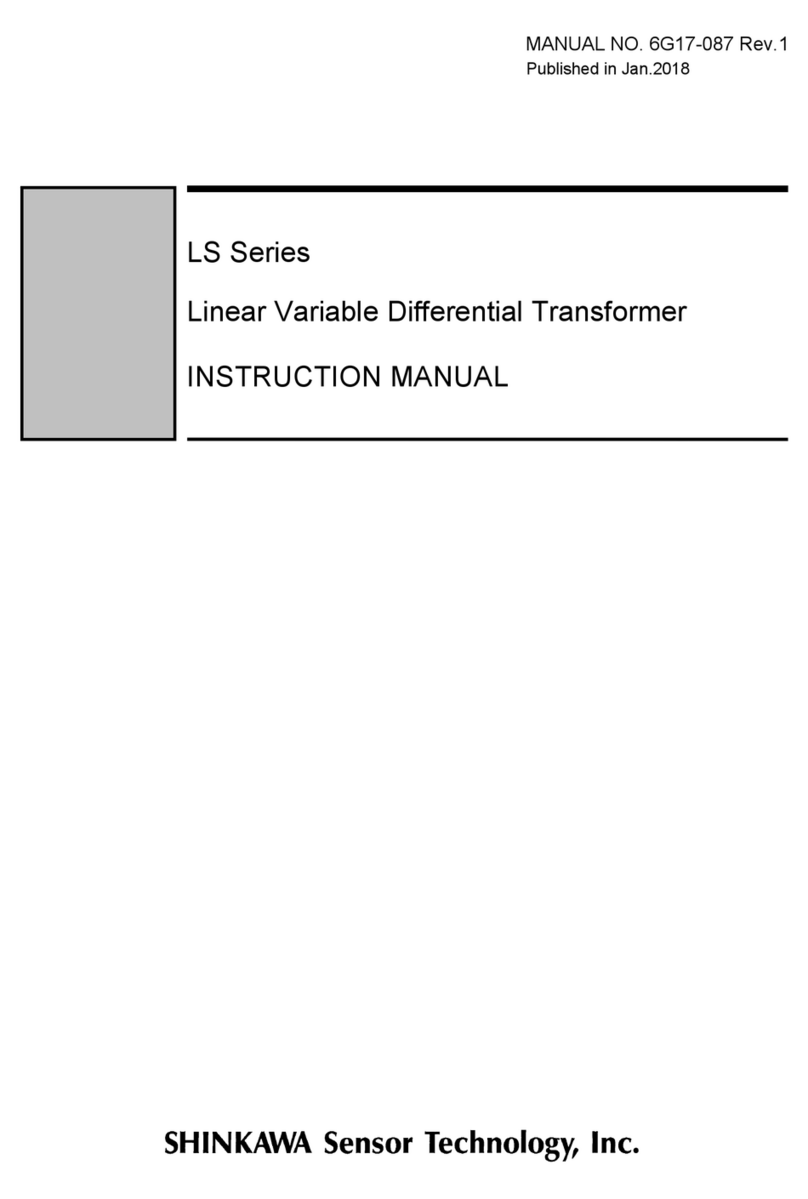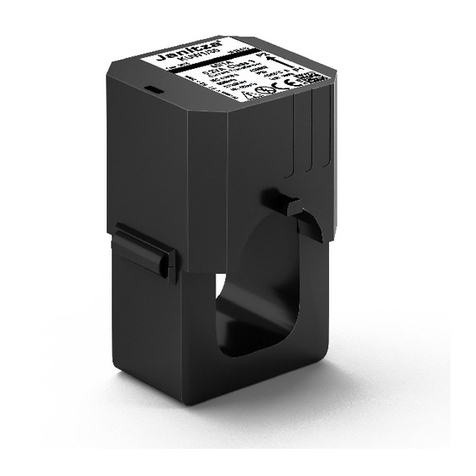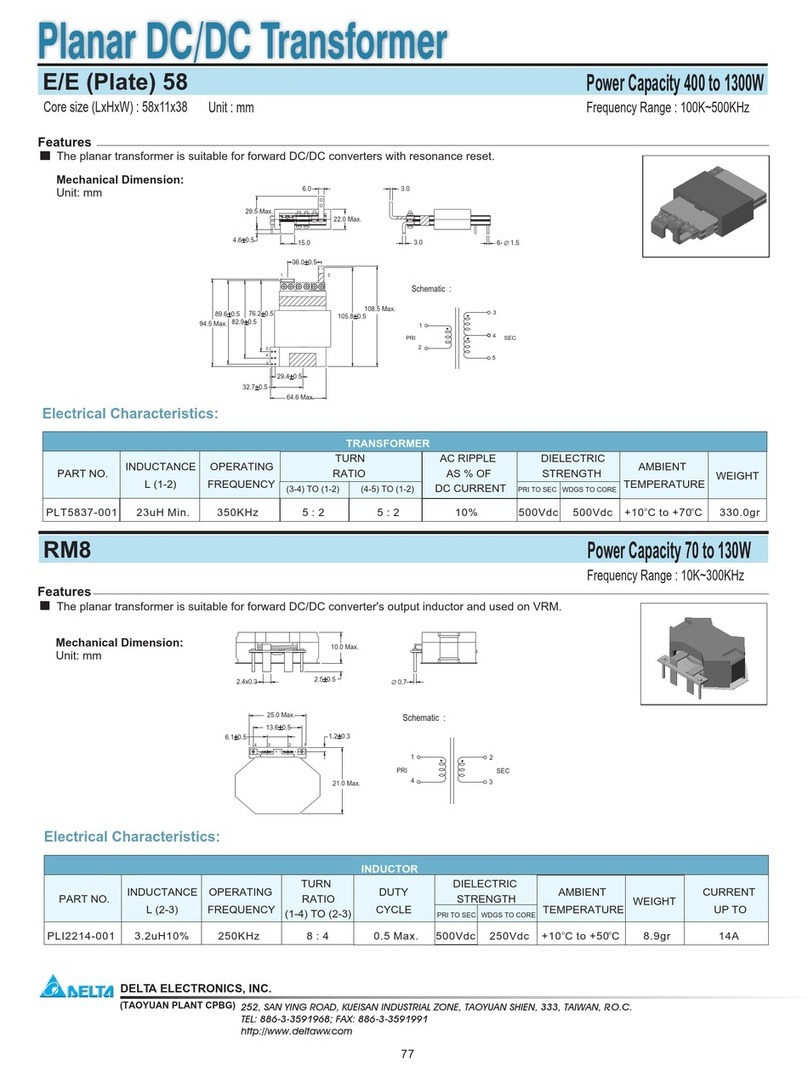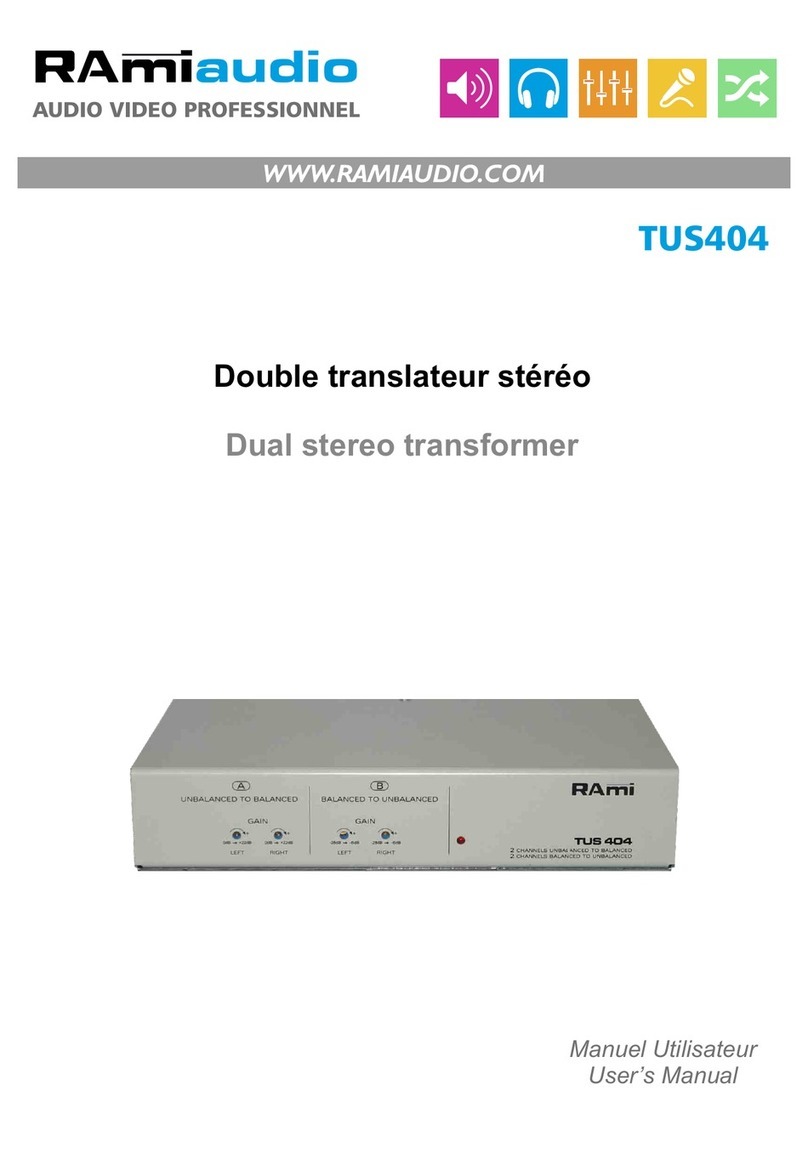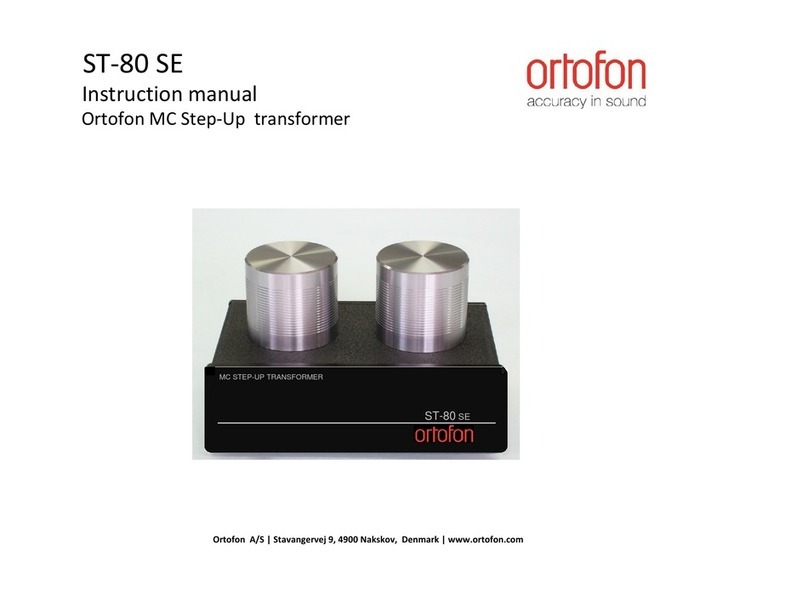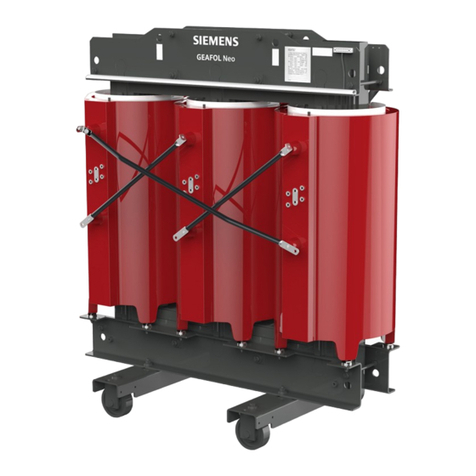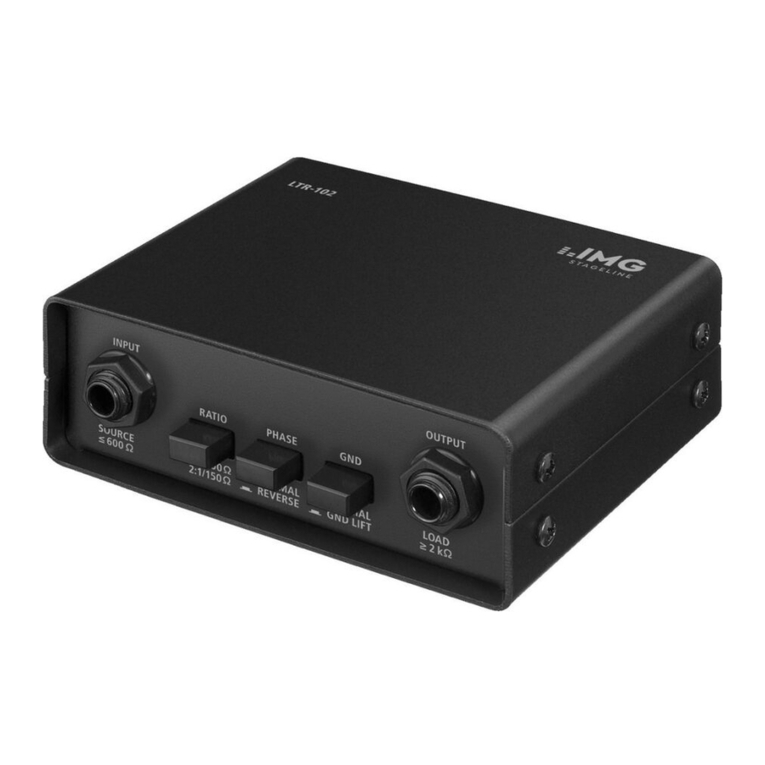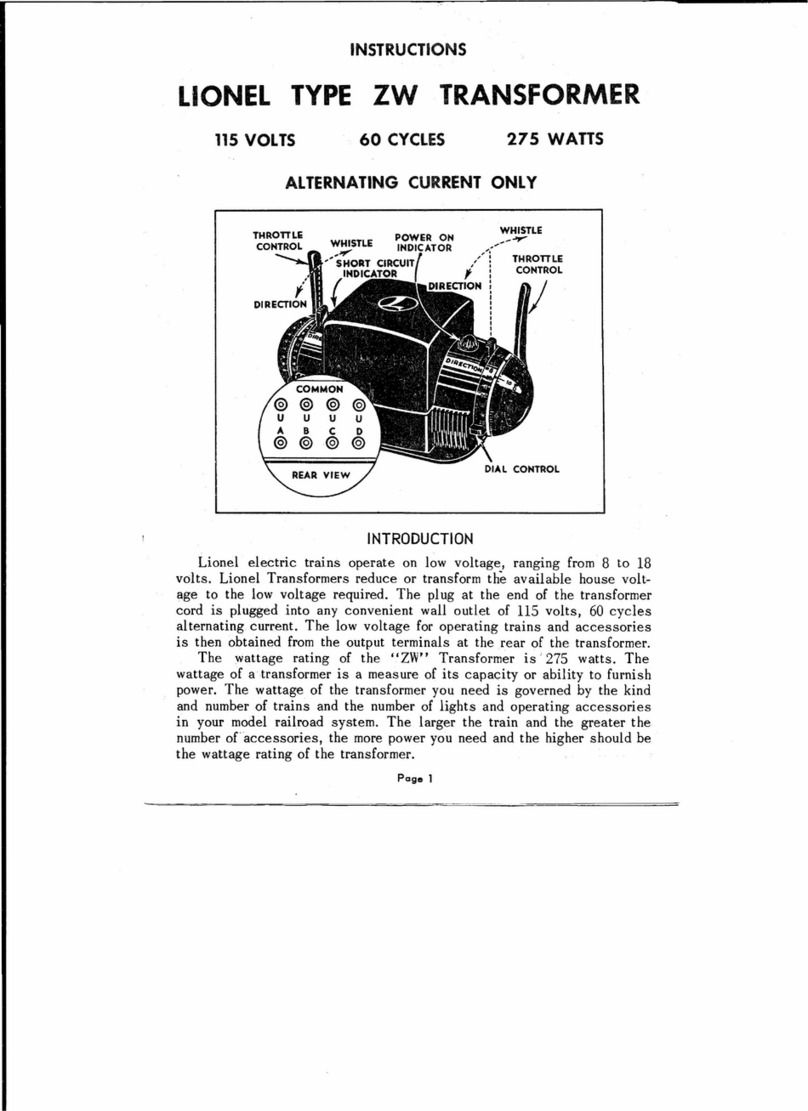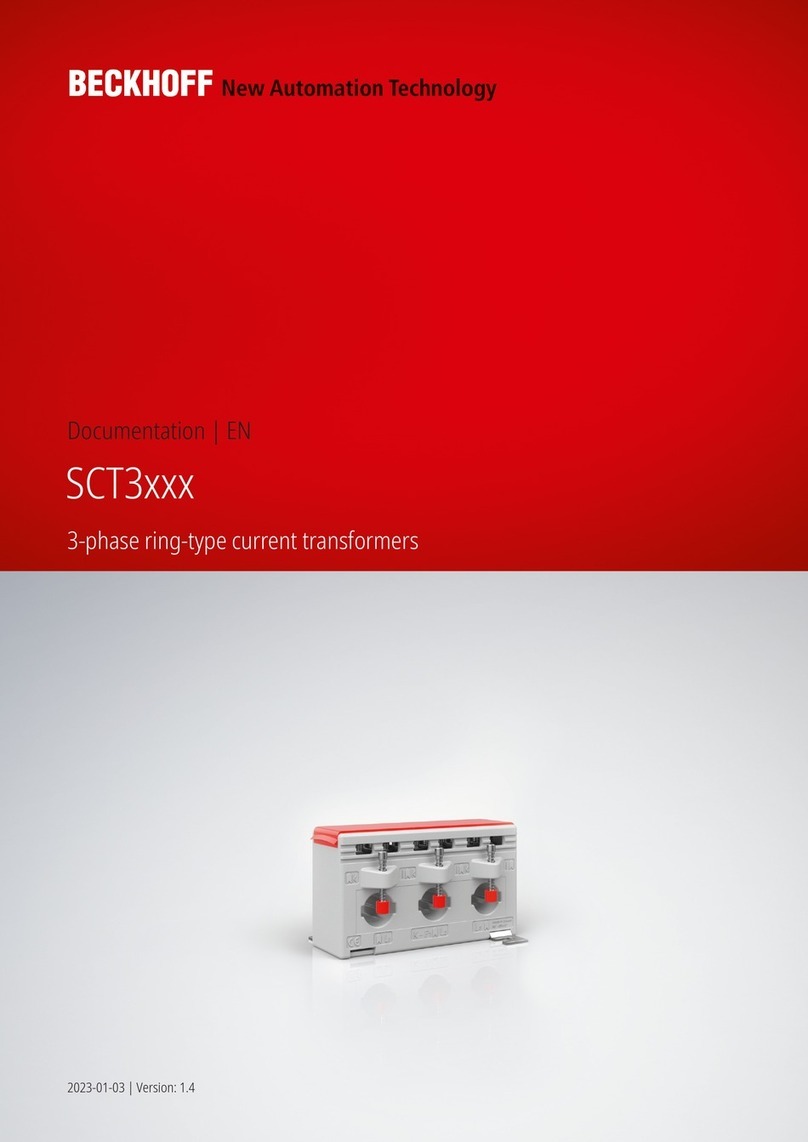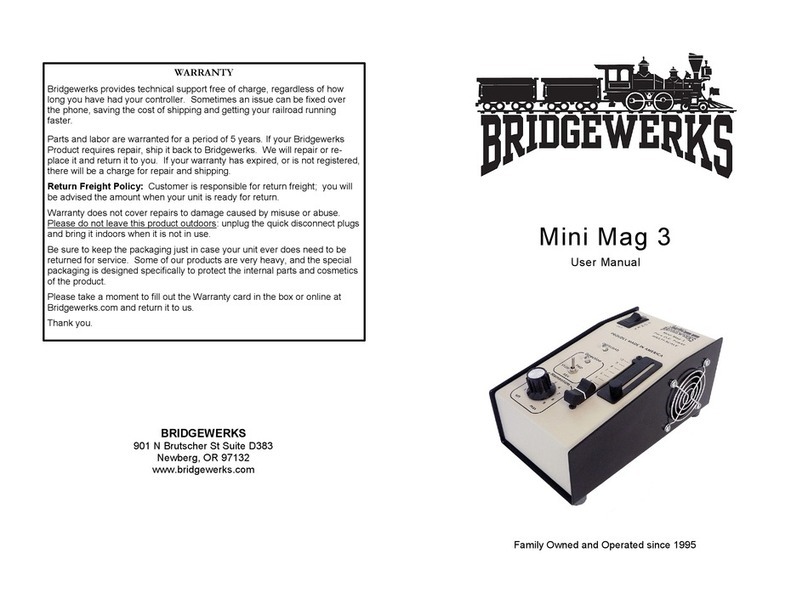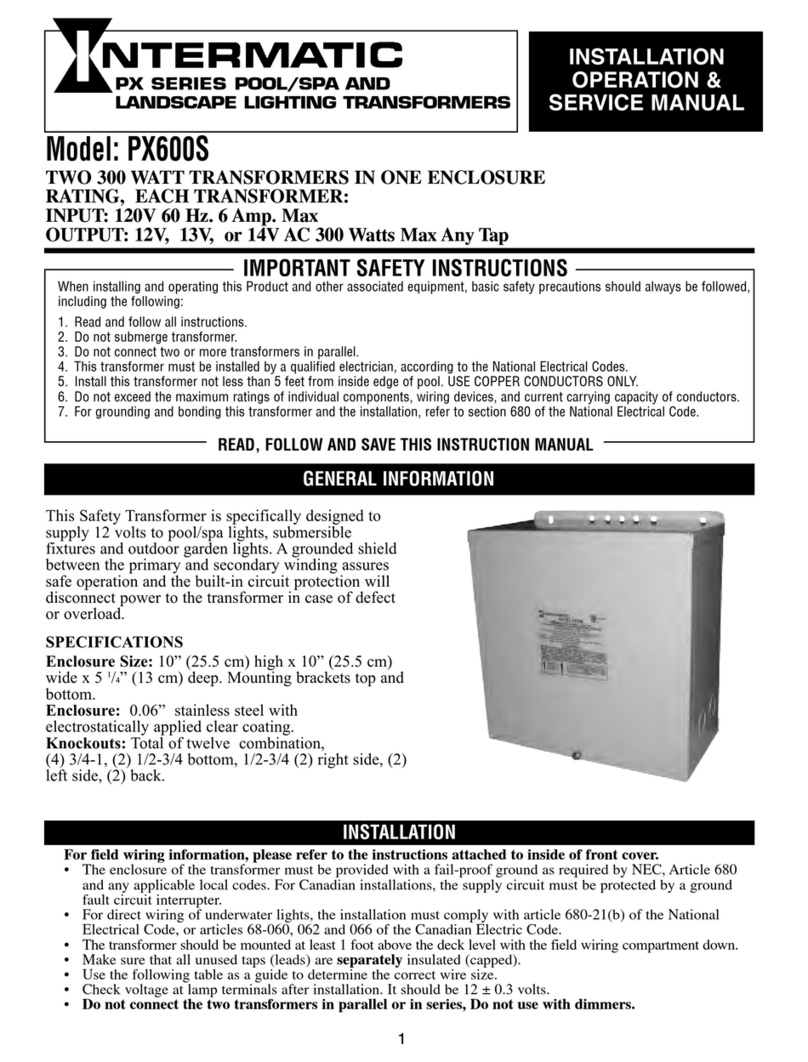
RF Transformer (Stabilized Matching Device)
SMST21NMHB series
6 July.2014
5 Reliability Test
【Mechanical Test】
1 Vibration
Resistance
Appearance
No severe damages
Solder specimens on the testing jig (glass
fluorine boards) shown in appended Fig.1 by a
Pb free solder. The soldering shall be done
either by iron or reflow and be conducted with
care so that the soldering is uniform and free of
defect such as by heat shock.
Frequency : 10~2000 Hz
Acceleration : 196 m/s2
Direction : X,Y,Z 3 axis
Period : 2 h on each direction
Total 6 h.
Electrical
Specifications Satisfy specifications listed in
paragraph 4-2 over operational
temperature range
2 Shock
Appearance
No severe damages
Solder specimens on the testing jig (glass
fluorine boards) shown in appended Fig.1 by a
Pb free solder. The soldering shall be done
either by iron or reflow and be conducted with
care so that the soldering is uniform and free of
defect such as by heat shock
Acceleration : 14,700 m/s2
Period : 0.3 ms.
Cycle : 3 times
Electrical
Specifications Satisfy specifications listed in
paragraph 4-2 over operational
temperature range
3 Deflection
No damage with 1.6mm deflection
Solder specimens on the testing jig (glass
epoxy boards) by a Pb free solder. The
soldering shall be done either by iron or reflow
and be conducted with care so that the
soldering is uniform and free of defect such as
by heat shock.
4 Soldering strength
(Push Strength) 3N Minimum
Solder specimens onto test jig shown below.
Apply pushing force at 0.5mm/s until electrode
pads are pealed off or ceramics are broken.
Pushing force is applied to longitudinal
direction.
5 Solderability of Termination
75% of the terminations is to be
soldered evenly and continuously.
Immerse specimens first an ethanol solution of
rosin, then in a Pb free solder solution for 2±0.5
sec. at 245±5 °C.
Preheat : 100~120 °C, 60 sec.
Solder Paste : Sn-Ag-Cu
Flux : Solution of ethanol and rosin
(25 % rosin in weight proportion)
6 Resistance
to Soldering
Heat
(Reflow)
Appearance
No severe damages
Preheat Temperature : 150-180 °C
Preheat Period : 90+/-30 s
High Temperature : 220 ℃
High Temp. Period : 30+/-10 s
Peak Temperature : 260+5/-0 °C
Specimens are soldered twice with the above
condition, and then kept in room condition for
24 h before measurements.
Electrical
specifications Satisfy specifications listed in
paragraph 4-2 over operational
temperature range
Pushing Direction
Jig
Specimen


